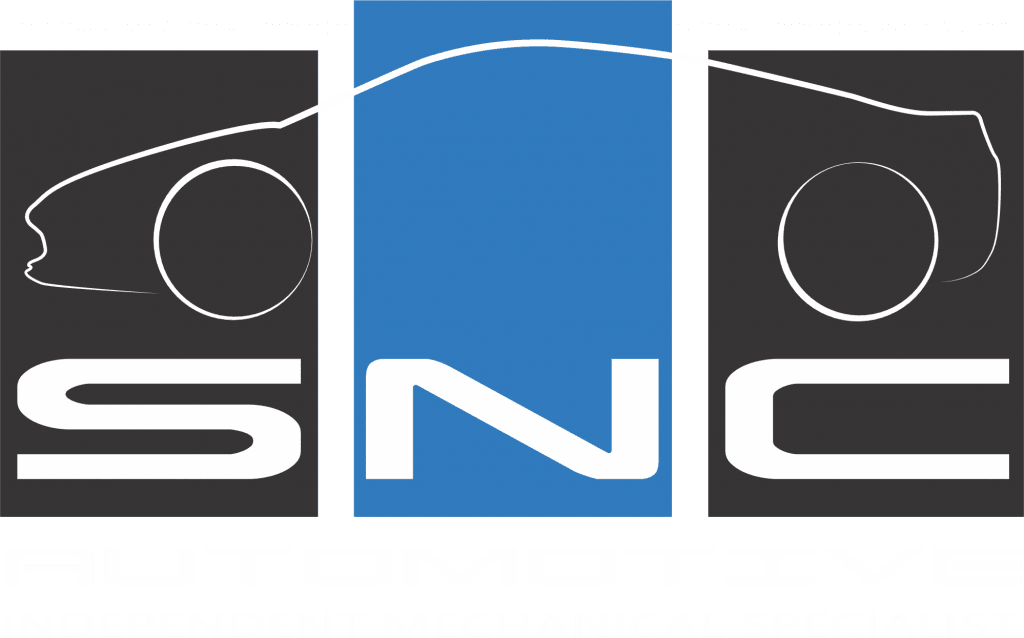Driving down a quiet country road, you hit a pothole and the bang from the front left tyre sounds ominous. Pulling over to investigate, you find the tyre is completely flat and you don’t have a spare. Now what? If your car is equipped with Goodyear’s RunOnFlat tyres, you can simply keep driving to get help. But how does this innovative technology work, and is it worth the extra cost?
Table of Contents
A Convenient Solution to an Annoying Problem
Getting a flat tyre is one of the most common unexpected issues drivers face. Changing a tyre on the side of the road can be difficult, dirty and dangerous. RunOnFlat technology provides a convenient solution that allows you to drive on a flat tyre for limited distances and lower speeds. This gives you time to get somewhere safe or to a tyre shop, avoiding the hassle and hazards of a roadside tyre change.
How RunOnFlat Tyres Are Constructed
Goodyear’s RunOnFlat tyres have reinforced sidewalls that are strong enough to support the weight of the vehicle when air pressure is lost. This allows you to keep control and continue driving.
The reinforced sidewalls contain a rubber filling that acts as a temporary support structure when the air pressure drops below a certain level. This rubber filling is positioned inside, so the tyre retains its normal shape even without air pressure.
Key Benefits of RunOnFlat Technology
There are several notable benefits that make RunOnFlat tyres appealing:
- Continued mobility when flat – You can drive up to 80km at speeds under 80km/h to reach a safe place for repair.
- Avoid roadside emergencies – Changing a tyre at the roadside can be hazardous. RunOnFlat tyres allow you to keep moving.
- No need to carry a spare – The extra boot space and weight saving appeals to some drivers.
- Tyre Pressure Monitoring compatible – TPMS will alert you to any loss of pressure.
- Original equipment option – Many manufacturers offer RunOnFlat tyres as original fitments on new cars.
What To Do If You Get a Flat With RunOnFlat Tyres
If your TPMS light comes on or you suspect a puncture with RunOnFlat tyres, follow these steps:
- Slow down below 80km/h immediately to minimise sidewall damage. Do not exceed this speed.
- Avoid sudden steering movements or hard braking which could overstress the sidewalls.
- Drive carefully to a tyre shop within 80km to have the puncture repaired.
- Have the tyre inspected even if it appears undamaged. Sidewalls may be weakened internally.
- Replace RunOnFlat tyres in pairs. Irregular wear may result from driving on a flat tyre.
Limitations and Considerations of RunOnFlat Tyres
While RunOnFlat technology offers clear benefits, there are some limitations and compromises to be aware of:
- Harsher ride – The reinforced sidewalls contribute to a firmer ride quality and more road noise.
- Reduced handling – Cornering grip and performance are slightly reduced.
- More expensive – RunOnFlat tyres cost roughly twice as much as standard tyres.
- Not self-sealing – They only allow you to drive to get help, you still need tyre repair.
- Tyre replacement – Must be replaced 10 years from date of manufacture, regardless of tread.
Are RunOnFlat Tyres Worth the Extra Cost?
At roughly double the price of standard tyres, RunOnFlat technology represents a significant investment. Whether it’s worthwhile depends on your individual circumstances and priorities.
For motorists who drive long distances in remote areas or frequently suffer punctures, the reassurance and convenience can justify the extra expenditure. RunOnFlat tyres also make sense for performance cars without space for a spare.
However, for drivers who are budget-conscious or have access to breakdown coverage, the cost and compromises may be harder to warrant. Careful tyre maintenance practices can minimise the risk of punctures occurring.
Overall, RunOnFlat tyres offer valuable emergency running capabilities in the event of a flat tyre. But they involve cost and handling trade-offs that are worth evaluating before making a purchase. Discussing your driving needs with a knowledgeable tyre retailer is the best way find the right tyres for your vehicle and circumstances.
Frequently Asked Questions
✓Is it safe to drive on a flat tyre using RunOnFlat technology?
Yes, provided you adhere to the specified speed and distance limitations. Do not exceed 80km/h and drive no further than 80km. This allows you to reach a place of repair safely. Always drive with caution.
✓Do I still need a spare tyre if I have RunOnFlat tyres?
No spare tyre is required, as the RunOnFlat tyres will support your vehicle in the event of a sudden loss of pressure. However, some choose to still carry a spare for added peace of mind.
✓How far can you drive on a deflated RunOnFlat tyre?
Most RunOnFlat tyres allow you to drive up to 80km at a maximum speed of 80km/h after a loss of inflation pressure. This gives time to get help or reach a tyre repairer safely.
✓Do RunOnFlat tyres last as long as regular tyres?
The manufacturer-specified tread life is generally the same as equivalent standard tyres. However, RunOnFlat tyres must be replaced 10 years after their date of manufacture, regardless of tread depth.
✓Can RunOnFlat tyres be repaired like normal tyres if punctured?
Yes, a properly trained tyre technician can remove and inspect the tyre and repair punctures in the tread area. However, any RunOnFlat tyre that is driven flat should be thoroughly inspected before being put back into service.
At Brendale Goodyear, we stock a wide range of tyres for passenger, SUV, 4WD and commercial vehicles. As an authorised Goodyear tyre dealer, we can advise on the best tyres for your driving needs and budget, including RunOnFlat technology. Our qualified technicians perform tyre repair and replacement services to get you back on the road safely. Contact us to discuss your tyre requirements.
